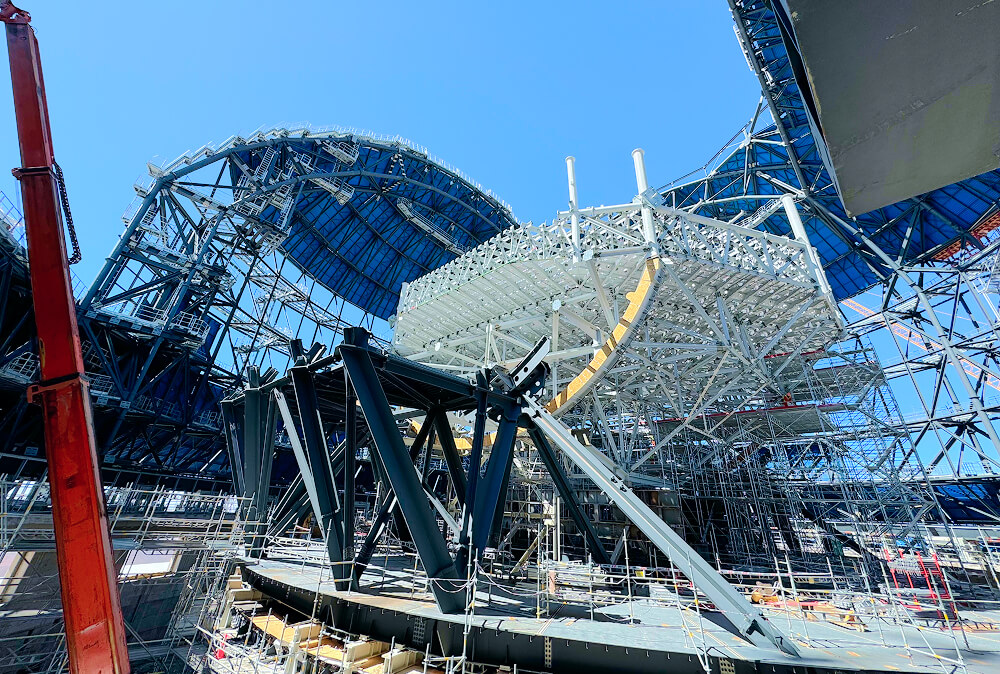
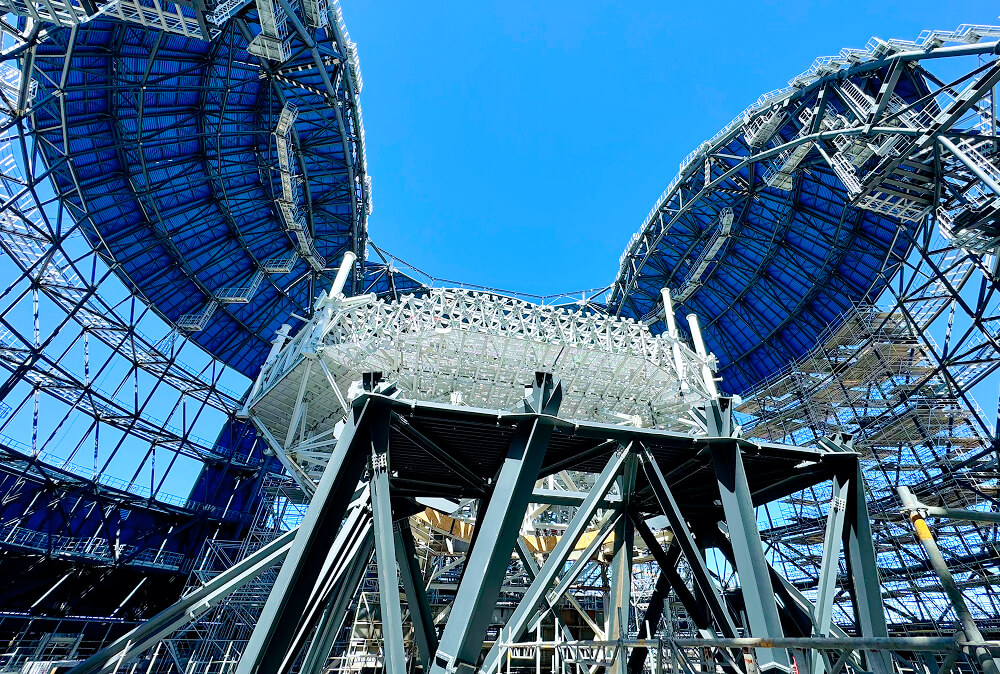
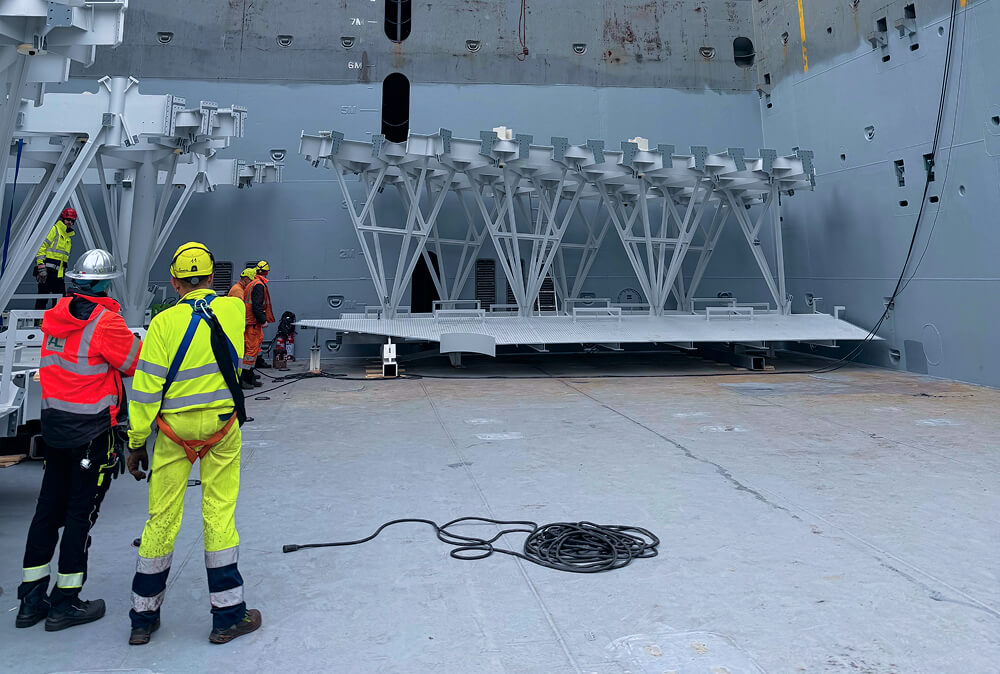
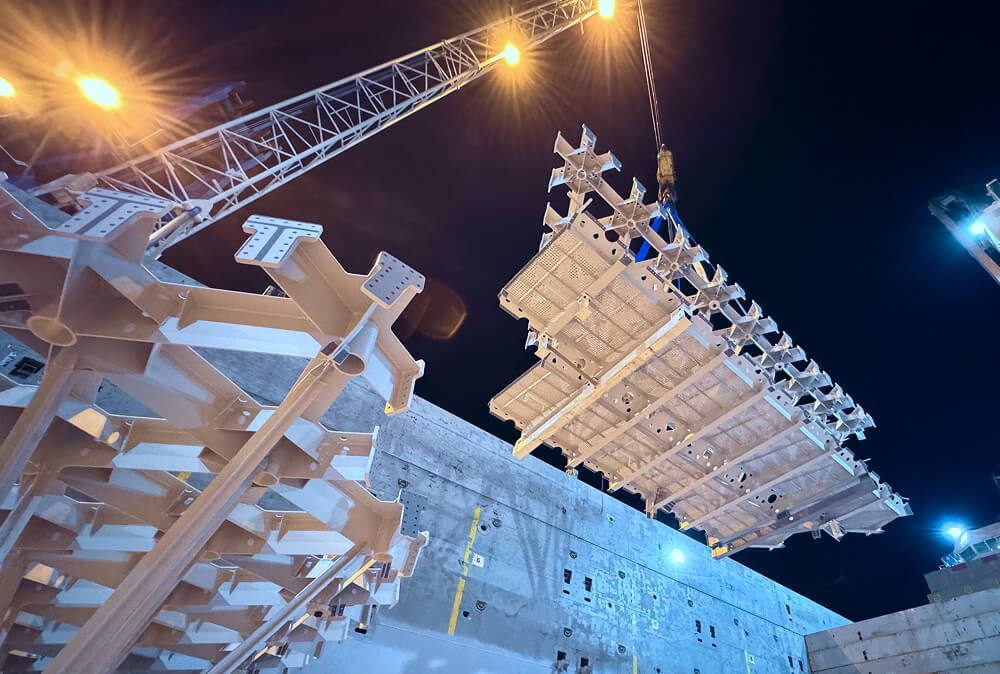

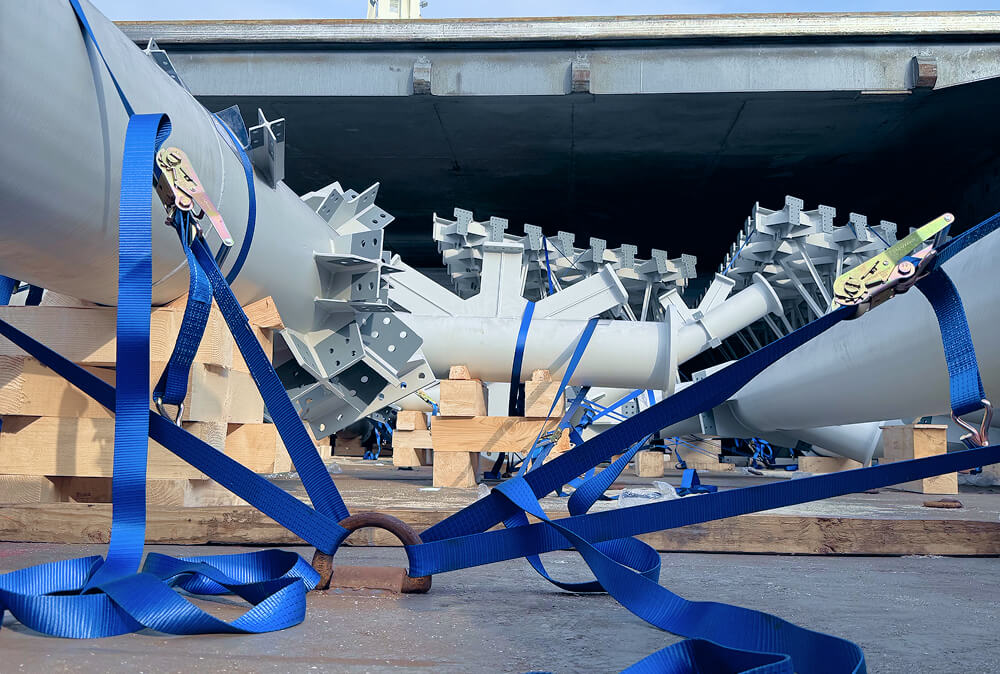


ESO’s Extremely Large Telescope (ELT) Project
Challenge accepted : a decade of logistics pre-planning for the record-breaking Telescope
DCS LIBURNUS PROJECT was tasked with orchestrating the global logistics management and multimodal transport of the dome structure and internal supports for the ELT, the world’s largest optical telescope.
The cargo included highly sensitive structural components, mirror supports, and rotating systems. The primary objectives were:
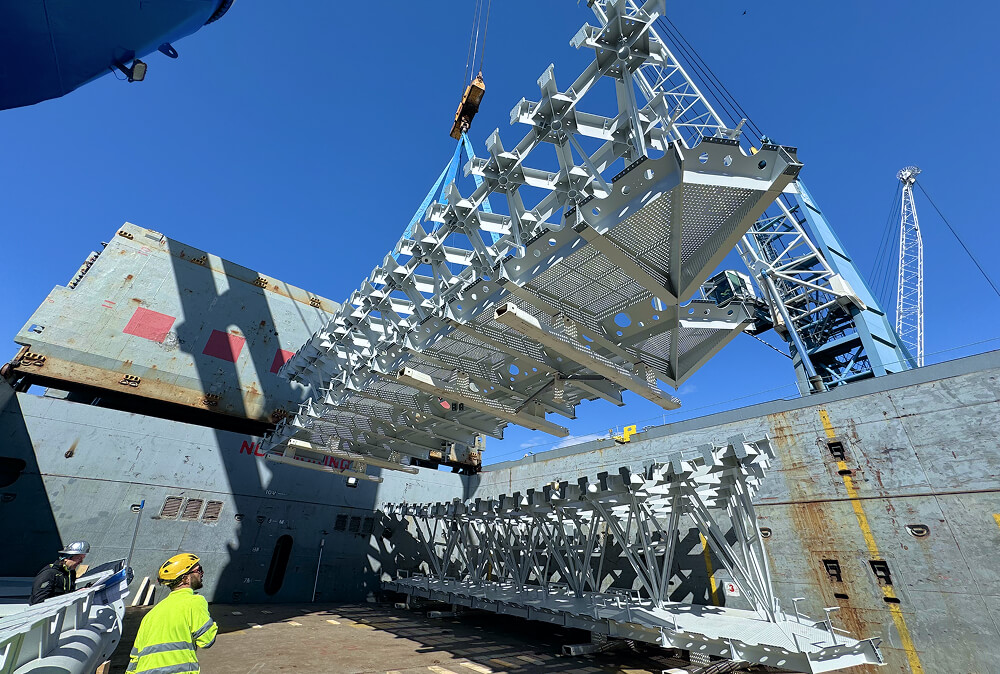
The European Southern Observatory’s ELT is a historic scientific infrastructure and logistics challenge, including:
A bold logistics vision for transporting humanity’s most ambitious scientific eye—where cargo precision meets cosmic purpose put all our Team under extreme pressure since the start of the initial studies which included several surveys, on site technical analysis and extensive pre-planning scaled to each cargo part that was under construction.
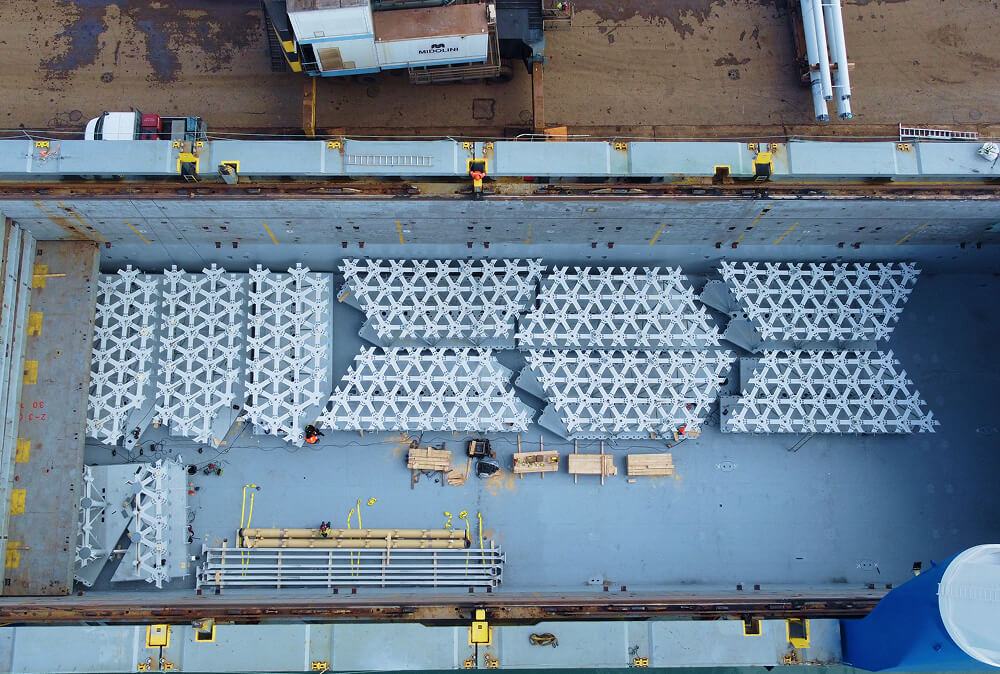
DCS LIBURNUS PROJECT deployed a phased logistics strategy:
1. Pre-Deployment to Chile
Prior to the main shipments, over 5,000 freight tonnes of site equipment (cranes, forklifts, lifters) were shipped from Europe to Iquique Port, ensuring the local site was operationally ready for the ELT components.
2. Inland and Port Logistics in Italy
3. Ocean Freight
Each vessel transported approximately 700 tonnes of sensitive, oversized cargo across 13,000 kilometers to Antofagasta, Chile.
4. Chile Port Operations and Final Haul
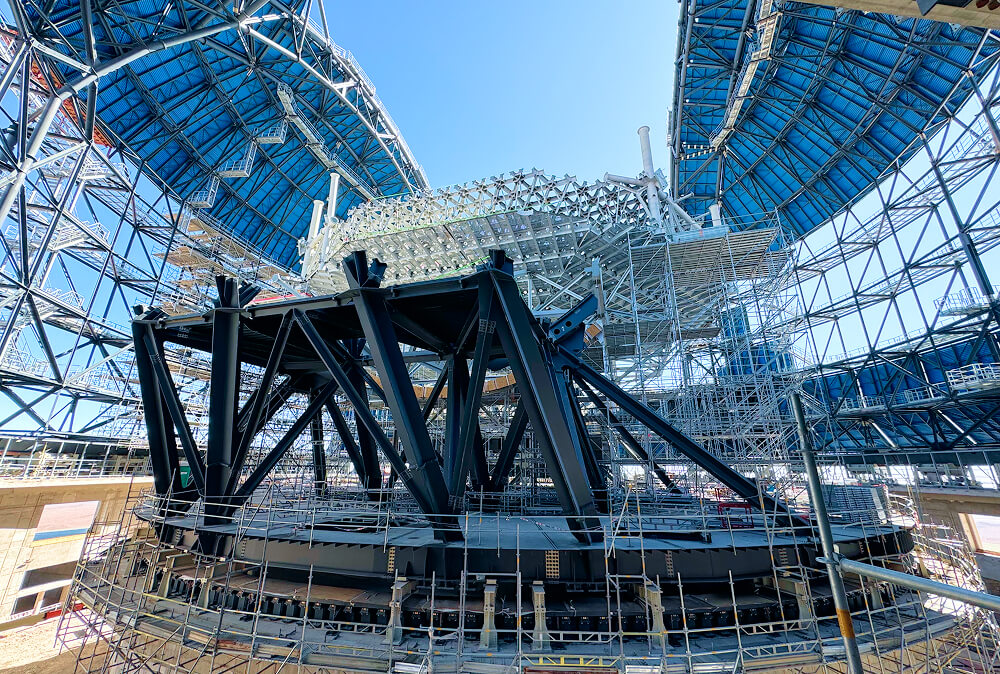
A project of this magnitude required a unified project management and communication strategy. DCS LIBURNUS PROJECT led coordination across:
Result:
All oversized structures were delivered positioning DCS LIBURNUS PROJECT as a critical enabler in delivering one of humanity’s most ambitious scientific instruments. Installation of the mirror segments is now underway, aiming for first light in 2028.






All photos and videos are created by us, showcasing real projects by DCS Liburnus.
We are at your disposal! Contact us for any questions or requests, we are here to help you.